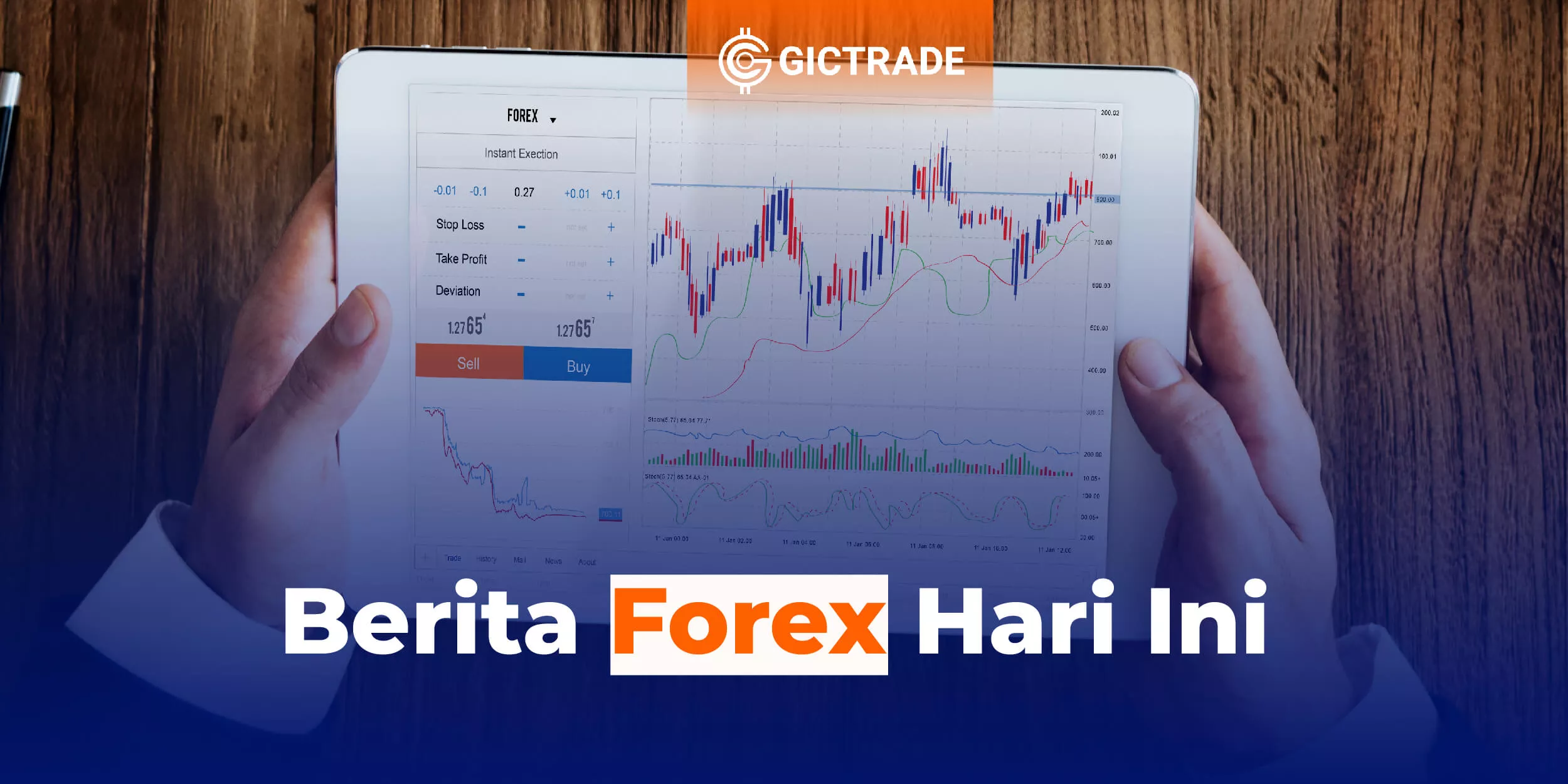The unemployment rate in Australia fell to 3.6% last month, despite employers cutting 39,900 full-time jobs. This has led many to believe that the Reserve Bank may need to raise interest rates to cool the economy, even though the unemployment rate was previously expected to remain at 3.7%.
This happened because the participation rate fell by 0.2 percentage points to 66.7%, while the labor force only added 6,600 jobs, far below the consensus estimate of 20,000 jobs.
"According to Kate Lamb, head of employment statistics at the bureau, the drop in the unemployment rate in September was largely due to many people moving from unemployment to outside the labor force. In the past two months, the average monthly job growth was around 35,000 people, a figure similar to last year’s growth.
The Reserve Bank of Australia (RBA) has kept its key interest rate unchanged for the past four months as it continues to assess whether the 12 rate hikes between May 2022 and June of this year are enough to control inflation."
According to its projections in August, inflation is expected to return to the bank's desired range of 2-3% by June 2025. The central bank also forecasts that the unemployment rate will rise to 4% by the end of 2023, although a revised estimate will be released on November 10.
The immediate impact was seen in a drop in the Australian dollar to 63.0 US cents from 63.3, indicating that traders had lowered expectations for a rate hike by the RBA. Stocks fell about 1.2% in the afternoon after the announcement.
According to Lamb, the recent decline in working hours compared to job growth may indicate a slowing of labor market strength, although this aligns with strong growth over the past year.
With 400,000 job vacancies in August, the labor market is still considered “relatively tight and strong.”
ANZ stated that these figures suggest a weakening in the labor market.
According to Adam Boyton, chief economist for Australia at ANZ, the results are in line with expectations, and attention will focus on the Consumer Price Index (CPI) to be released next Wednesday, ahead of the RBA Board's live meeting in November.
According to David Bassanese, chief economist at Betashares, total working hours fell by 0.9% during the September quarter, offsetting part of the 2.9% increase in the June quarter.
Bassanese stated that this report overall does not fall into the category that needs to be a “serious warning” for the Reserve Bank of Australia (RBA) to consider a rate hike at the November policy meeting.
In terms of state unemployment rates, New South Wales and Western Australia had the lowest unemployment rates, at 3.3%. The unemployment rate in New South Wales fell from 3.6% in August, while Western Australia saw a sharp drop from 3.8%. On the other hand, Queensland saw an increase from 4.1% to 3.9%, and Victoria remained stable at 3.5%.
The Australian Capital Territory lost its status as having the lowest unemployment rate, with the unemployment rate rising from 3.1% to 3.9% after seasonal adjustment.
According to a business survey conducted by NAB, labor costs rose by 1.8% during the September quarter compared to the previous three months. About 40% of companies stated that labor availability remains a significant constraint.
However, the survey also found that fewer companies now expect “significant wage pressure in the next six months,” indicating that wage pressure may have peaked in the previous quarter.
Alan Oster, chief economist at NAB, revealed that for now, labor demand appears to be in line with strong population growth, although they expect the labor market to gradually weaken over time.
In other measures, NAB noted that “business conditions remain strong, and forward orders have returned to positive territory.”
Also Read :
|
AUD/USD Falls Back Below the 0.6700 Level in the Asian Session |
Warning!
This analysis is based on fundamental and technical views from trusted sources and does not constitute advice or solicitation. Always remember that this content aims to enrich readers' information. Always conduct independent research on other forex information as a reference for your trading.
Get updated news and articles from GIC Indonesia, which you can check daily on Google News to stay updated on the latest developments in the forex and crypto world. Also, trade on GICTrade using an ECN account to enjoy trading with low spreads starting from zero!
 Last:
Last: 







